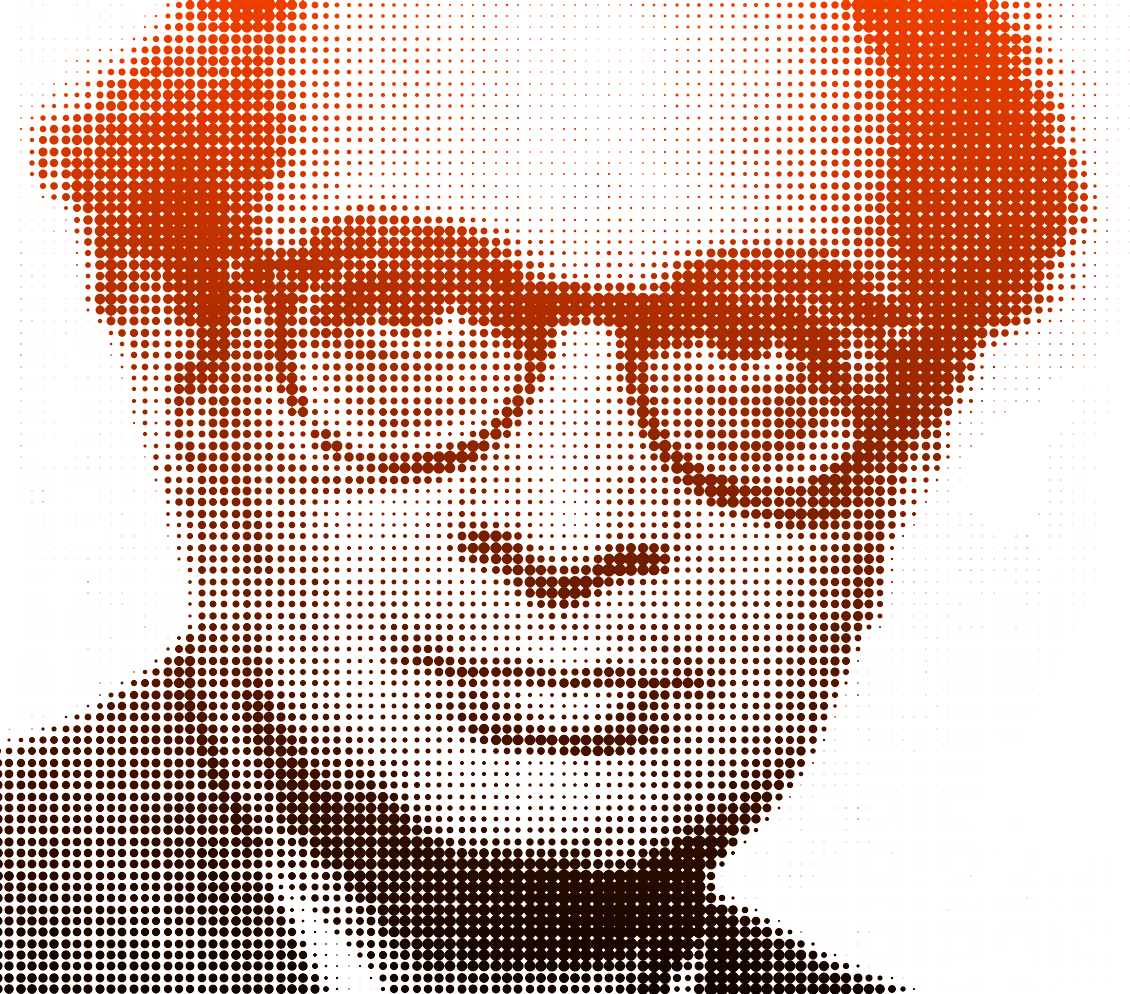Laser gas co-inventor dies at 89

EghtesadOnline: Iranian professor and discoverer of laser gas Ali Javan who devoted his life to science and technology died at the age of 89.
The retired professor of Massachusetts Institute of Technology (MIT) was well-known for his endeavors and devotion to electronic quantum and laser, reports IRNA.
In the year 1960, the late professor was known to the world for invention of a new type of laser which operated constantly with high resolution and precisely.
He graduated from Alborz High School and started his university studies at University of Tehran and went to the United States in 1948.
He received his PhD in physics in 1954 from Columbia University under his thesis advisor Charles Townes. In 1955 Javan held a position as a Post Doctoral in the Radiation Laboratory and worked with Townes on the atomic clock research, and used the microwave atom beam spectrometer to study the hyperfine structure of atoms like copper and thalium.
In 1957, he published a paper on the theory of a three-level maser, and his discovery of the stimulated Raman effect that a Stokes-shifted Raman transition can produce amplification without requiring a population inversion.
The effect was the precursor of a class of effects known as Lasers Without Inversion, or the LWI effect.
He joined Bell Telephone Laboratories in 1958 shortly after he conceived the working principle of his gas discharge Helium Neon laser, and subsequently submitted his paper for publication and was reviewed by Samuel Goudsmit in 1960.
Javan carried out the first demonstration of optical heterodyne beats in 1961 .
Another major experiment was his observation of the detuning dip called the Lamb dip while scanning the frequency of a single-mode laser across the Doppler-broadened gain profile.
In 1964 Javan and Townes devised experiments using lasers to test special relativity including a variant of the Michelson-Morley ether drift experiment to study the anisotropy of space.
At MIT in the early 1960s, Ali Javan started a research project aimed at extending microwave frequency-measuring techniques into the infrared; he then developed the first absolutely accurate measurement of the speed of light.
Javan first worked at Massachusetts Institute of Technology as an associate professor of physics in 1961 and has remained Francis Wright Davis Professor Emeritus of physics since 1964.
He continued researching into the area of 'optical electronics', which envisions scaling electronic elements in such a way that they would be capable of handling frequencies as high as visible optical radiation frequencies.
His contribution to nanophotonics included the introduction of the concept of an optical antenna of several wavelengths long which enables the near-complete confinement of an incident optical field coupled to it, and forming the antenna in nanoscale.
His main contribution to science have been in the fields of quantum physics and spectroscopy. He co-invented the gas laser in 1960, with William R. Bennett. In 2007, Javan was ranked Number 12 on The Daily Telegraph's list of the 'Top 100 Living Geniuses'.
He is the first member of Eurasian Academy.
The gas laser was the first continuous-light laser and the first laser to operate 'on the principle of converting electrical energy to a laser light output.' By definition, 'a gas laser is a laser in which an electric current is discharged through a gas to produce light.


